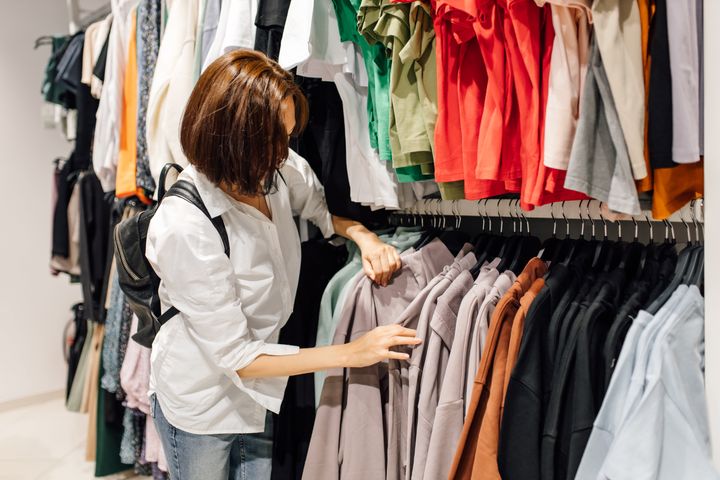
Are you leaning into a more muted palette recently?
A fan of the beige trend, or just trying to go for a more subtle look?
Well, it seems brands might be onto you and one of the reasons you really find yourself going for “softer colours.”
Research from Psychology and Marketing published in June suggested that colours, and their saturation (a colour’s purity and intensity), influence how eco-friendly we think a product is.
So, the less saturated – more muted – an object is, the more we unconsciously think that it’s more eco-friendly, even if it’s not.
After conducting five experimental studies, researchers suggest consumers link low colour saturation with a product which has a “gentler” impact on the environment.
They explained: “This perception of eco-friendliness, in turn, increases their trust in the product maker’s greenness.”
While the research doesn’t mention greenwashing, this explanation of how consumers perceive colour lends itself to that particular form of advertising.
Greenwashing is a practice where brands and corporations seem to advocate for good environmental policies without putting them in place.
A study from the EU in 2021 found greenwashing is particularly prevalent in online marketing, with many websites making exaggerated, false claims to reel in the eco-conscious among us.
What with the climate crisis being on our doorsteps right now – the world had its hottest day ever on record on Monday, July 3 – who isn’t keen to shop green at the moment?
As the research pointed out: “The results reveal that, by fostering perceptions of eco-friendliness and green trust, such colours favourably influence consumers’ behavioural intentions.”
As in, you’re more likely to buy it – and pay a “premium price” for it.
In fact, this does just happen with material possessions. Bright colours in any products are linked to other higher characteristics, like a higher amount of calories and a sharper taste in food, or a larger size or magnitude, in other objects.
In 2017, a Unilever market research survey of 20,000 people in five countries found a third of consumers choose to buy from companies they think are doing social or environmental good.
Being green is in – even if only wearing it in subtle shades.
“It’s become a status [to be eco-friendly]. Being an environmentally conscious consumer adds to people’s sense of self,” Sigal Segev, associate professor of advertising at Florida international University told the BBC.
The expert said being green (or trying to be) helps alleviate shopping guilt in consumers, explaining: “The guilt is kicking in. People are thinking, ‘this is the least I can do, not only for myself, but also for future generations.’”
Sustainability consultant and author of the Ethical Business Book, Sarah Duncan, told BBC Future that being green helps our conscience.
“These claims make us feel better about our overconsumption, our consumerism. But the reality is that we should all be buying less,” she explained.
So, rather than shopping for the latest muted summer palette this summer, perhaps we should all try to stick to the second-hand shops instead?